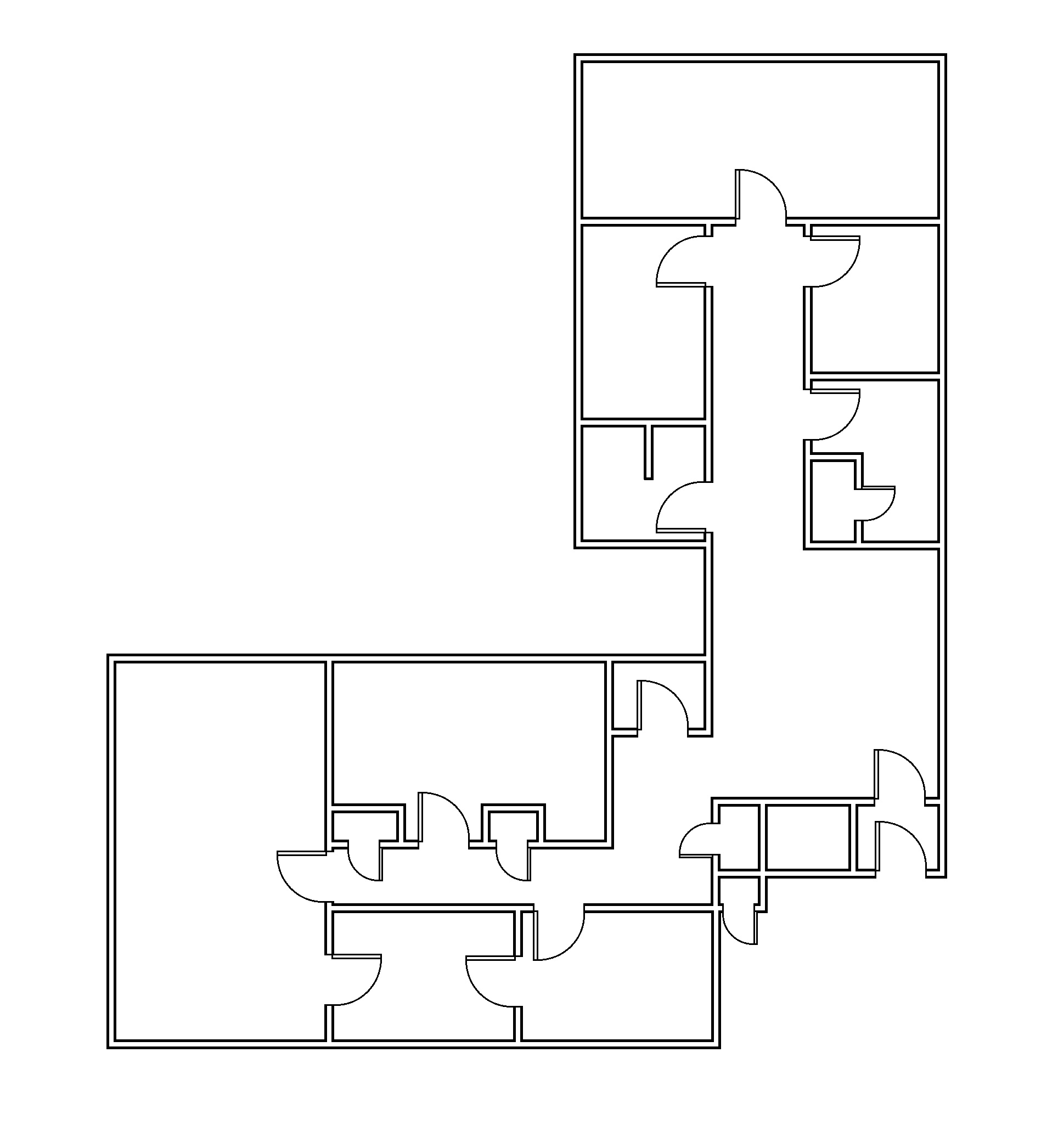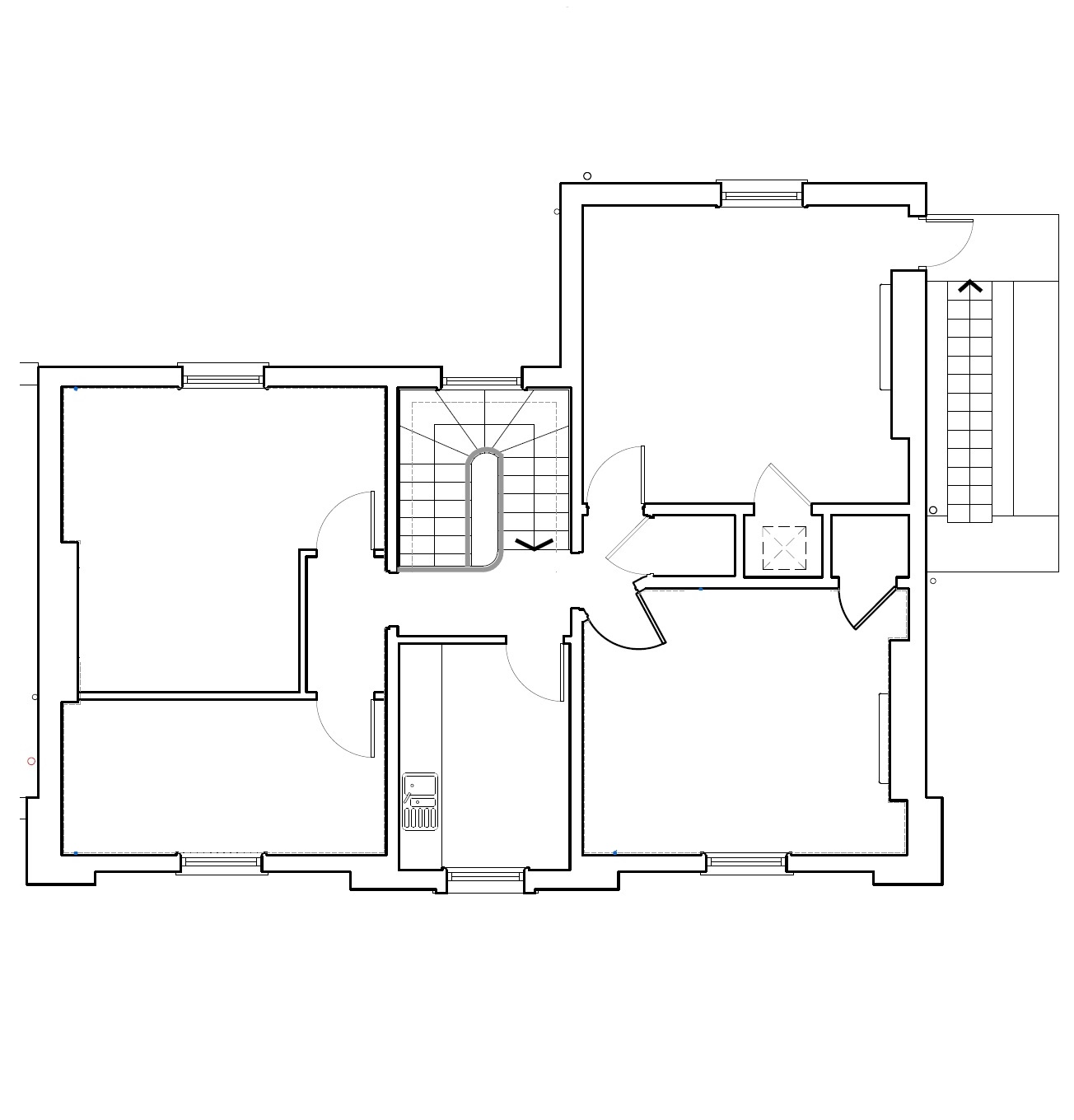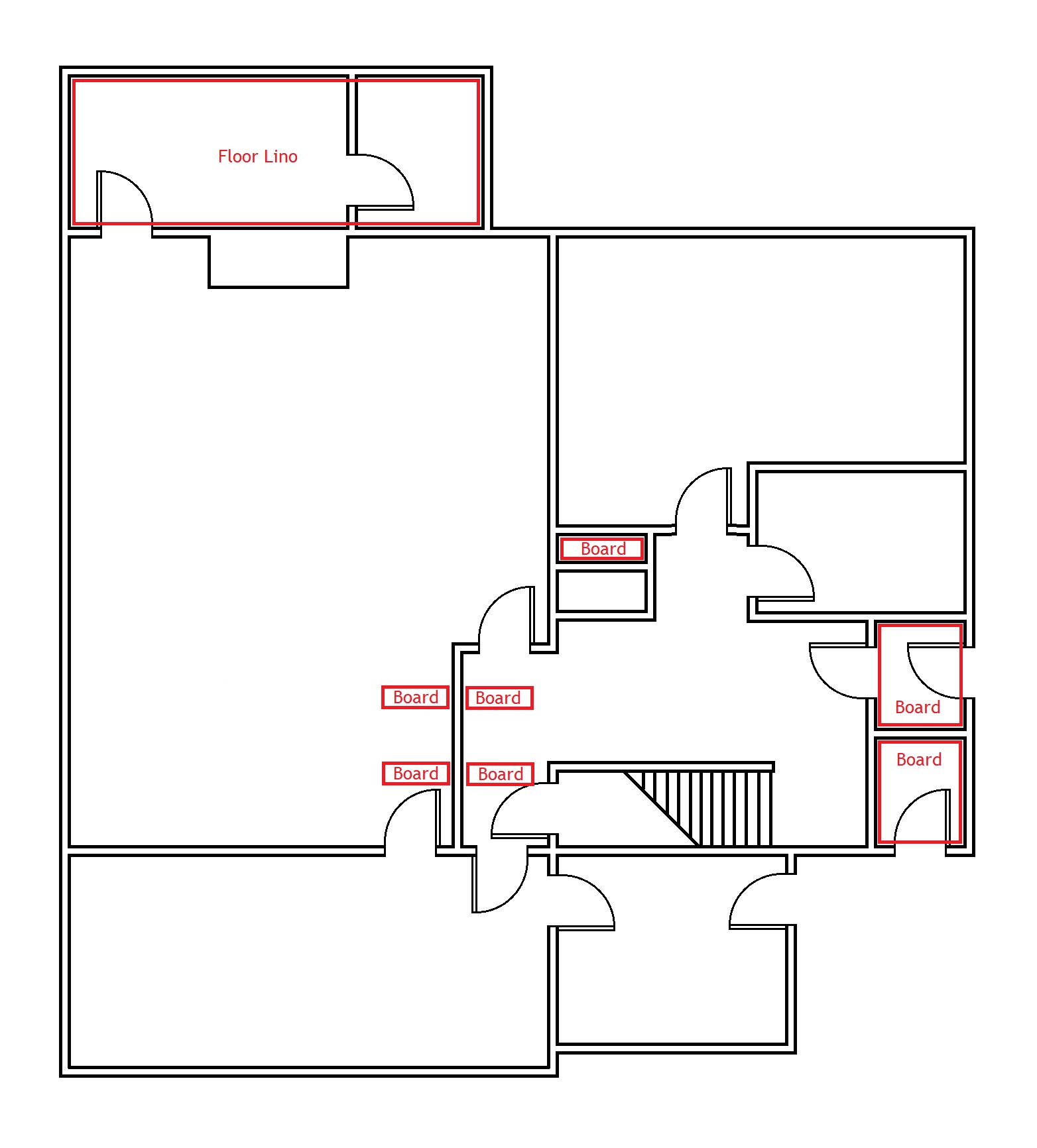Refurbishment and demolition surveys are needed before any refurbishment or demolition work is carried out. This type of survey is used to locate and describe, as far as reasonably practicable, all ACMs (Asbestos Containing Materials) in the area where the refurbishment work will take place or in the whole building if demolition is planned. The survey will be fully intrusive and involve destructive inspection, as necessary, to gain access to all areas, including those that may be difficult to reach.
A refurbishment and demolition survey may also be required in other circumstances, e.g. when more intrusive maintenance and repair work will be carried out or for plant removal or dismantling. There is a specific requirement in CAR 2012 (regulation 7) for all ACMs to be removed as far as reasonably practicable before major refurbishment or final demolition. Removing ACMs is also appropriate in other smaller refurbishment situations which involve structural or layout changes to buildings (e.g. removal of partitions, walls, units etc).
Under CDM (Construction Design and Management Regulations 2015), the survey information should be used to help in the tendering process for removal of ACMs from the building before work starts. The survey report should be supplied by the client to designers and contractors who may be bidding for the work, so that the asbestos risks can be addressed. In this type of survey, where the asbestos is identified so that it can be removed (rather than to ‘manage’ it), the survey does not normally assess the condition of the asbestos, other than to indicate areas of damage or where additional asbestos debris may be present. However, where the asbestos removal may not take place for some time, the ACMs’ condition will need to be assessed and the materials managed.
Aggressive Inspection Techniques
Refurbishment and demolition surveys are intended to locate all the asbestos in the building (or the relevant part), as far as reasonably practicable. It is a disruptive and fully intrusive survey which may need to penetrate all parts of the building structure. Aggressive inspection techniques will be needed to lift carpets and tiles, break through walls, ceilings, cladding and partitions, and open up floors. In these situations, controls should be put in place to prevent the spread of debris, which may include asbestos.
Survey Area
Refurbishment and demolition surveys should only be conducted in unoccupied areas to minimise risks to the public or employees on the premises. Ideally, the building should not be in service and all furnishings removed. For minor refurbishment, this would only apply to the room involved or even part of the room where the work is small and the room large. In these situations, there should be effective isolation of the survey area (e.g. full floor to ceiling partition), and furnishings should be removed as far as possible or protected using sheeting. The ‘surveyed’ area must be shown to be fit for reoccupation before people move back in. This will require a thorough visual inspection and, if appropriate (e.g. where there has been significant destruction), reassurance air sampling with disturbance. Under no circumstances should staff remain in rooms or areas of buildings when intrusive sampling is performed. There may be some circumstances where the building is still ‘occupied’ (i.e. in use) at the time a ‘demolition’ survey is carried out. For example, in the educational sector, refurbishment/demolition surveys may be conducted in schools or colleges during one closure period (e.g. holidays) and the work not undertaken until the next holiday period.



A demolition survey maybe conducted to establish the economic future or viability of a building(s). The survey results would determine the outcome. In such situations, the ‘survey’ will need extremely careful managing with personnel and equipment/furnishings being decanted and protected (as necessary), while the survey progresses through the building. Again, there should be effective isolation of the survey areas and the ‘surveyed’ area must be shown to be fit for reoccupation before personnel reoccupy.
